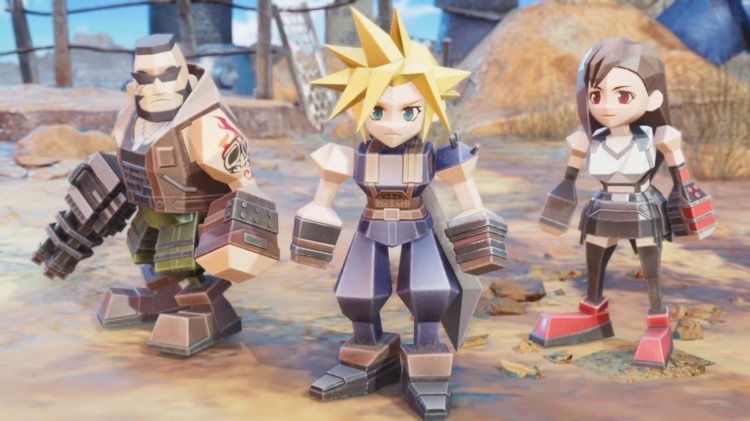Final Fantasy Dev Slams Retro PS1 Graphics Revival
Video game visuals have evolved far beyond the blocky, jagged edges of the 1990s, yet a wave of modern games is embracing the aesthetic of early PlayStation titles. Some fans love the nostalgia, but veteran developer Koji Sugimoto — known for his work on Final Fantasy X and Xenogears — doesn’t share the sentiment. He’s openly said he finds the intentional recreation of low-poly graphics baffling, even calling the trend “abhorrent” in past comments.
Also, remind you that Naoki Yoshida isn’t closing the door on a turn-based comeback for Final Fantasy. Speaking after the buzz around Clair Obscur: Expedition 33, the producer said future entries could be action, turn-based, or somewhere in between—whatever best serves the creative vision at the time.
Sugimoto first made his stance clear back in 2019, reacting to a news story about the resurgence of retro-style visuals. At the time, he said he had spent years pouring effort and computational power into avoiding those rough textures. The idea of deliberately reproducing them held no appeal for him. While machine translations vary — Google offers “abhorrent,” Grok suggests “object of disdain” — the message was the same: he strongly dislikes nostalgia-driven low-poly graphics.

In recent years, the veteran programmer has returned to the topic. Commenting on a new game engine feature designed to automate texture warping and distortion, he once again questioned why anyone would want to intentionally make games look bad. The tool is aimed at creators making throwbacks to the PlayStation era, but for Sugimoto, it’s a strange step backward.
“Back then, we went to great lengths to avoid distortions, but now they’re being called ‘flavor’ or something,” he remarked.
His perspective comes from firsthand experience with the original PlayStation’s limitations, particularly its struggle with depth and perspective. These constraints forced developers into creative compromises, not because they loved the aesthetic, but because it was the best that hardware could deliver at the time.
This difference in perspective may be why Sugimoto sees the retro revival as misguided. In the ’90s, game teams were often frustrated that their artistic visions couldn’t be fully realized. Had more advanced graphics been possible, many iconic series might have looked completely different from the start.
Fans, on the other hand, often connect low-poly graphics to personal memories. For those who grew up in that era, the look is tied to their first experiences with gaming. Others simply believe that realism isn’t the only valid approach to art, and they see beauty in stylization and imperfection. In some modern releases, players can even toggle between updated visuals and retro-style filters, enjoying the contrast.
The appeal of flawed visuals isn’t new. Musician Brian Eno once described how the imperfections of a medium — from CD distortion to 8-bit sound — become cherished over time, especially once technology advances enough to surpass them. These flaws, he argued, are “the sound of failure” and often signal the medium being pushed to its limits. That rawness can feel authentic and exciting, whether it’s the grit of a distorted guitar or the grain of old film.
Eno’s view sheds light on why some players love low-poly aesthetics today. Imperfect graphics invite interpretation, leaving space for the imagination to fill in the gaps. Hyper-realistic visuals can be impressive, but they often present everything so clearly that there’s little left for the player’s mind to create. Retro graphics, by contrast, can make a game world feel more personal and subjective.
Sugimoto’s take remains firm, though. For him, the nostalgia doesn’t outweigh the technical frustrations he faced in bringing PlayStation-era games to life. What some see as “charm,” he remembers as compromises and limits. As modern tools make it easier than ever to replicate that look, his voice stands out as a reminder that not everyone who built the games of the past wants to see their visual style return.
In the end, the divide between developers like Sugimoto and fans of the low-poly revival speaks to a broader truth about art: what is once a flaw can later be celebrated, and what’s celebrated today may have once been something creators tried to erase. For some, the jagged edges are a badge of history; for others, they’re a reminder of everything that had to be worked around.

The Final Fantasy 7 remake trilogy is likely headed to Nintendo’s Switch 2, according to hints from Rebirth director Naoki Hamaguchi. With Remake Intergrade already confirmed for the console and the Switch 2 powerful enough to handle all three games, Square Enix’s multiplatform push could bring the full series — and possibly other Final Fantasy titles — to a wider audience.

Comments